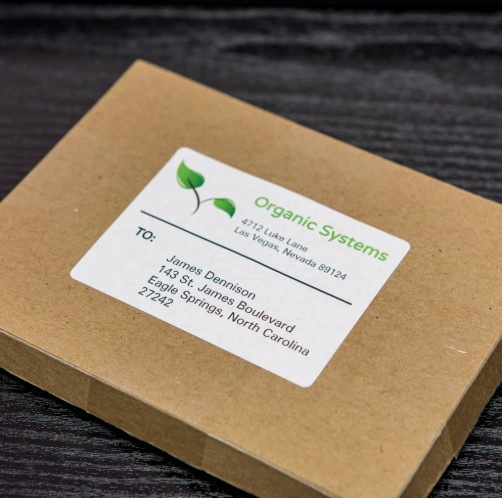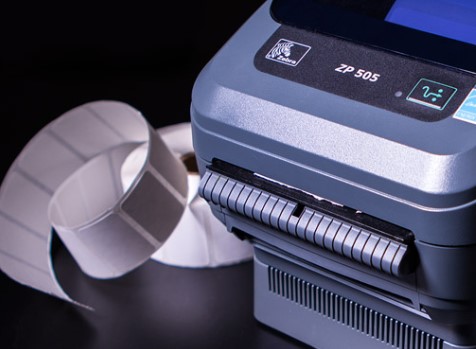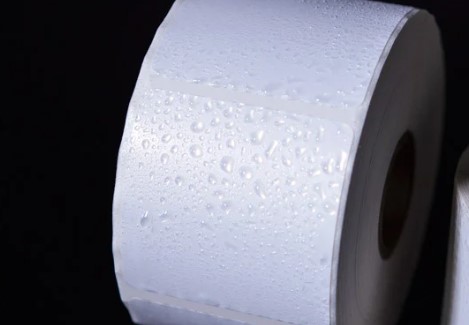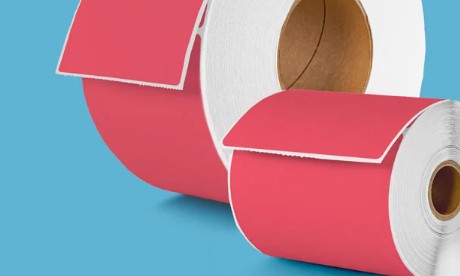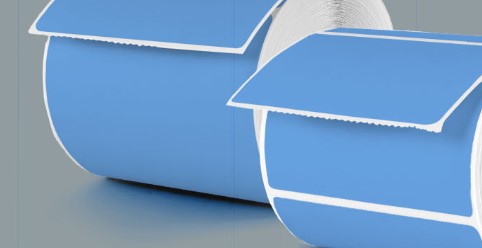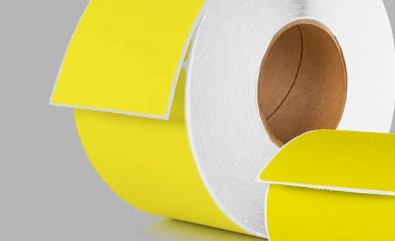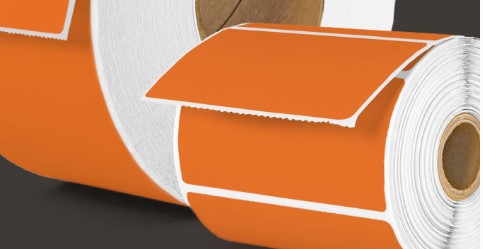Are Sheets, Rolls, or Fanfold Better for Printing Shipping Labels?

Choosing the correct shipping labels to start deliveries can be overwhelming. Sheet, roll, and fanfold labels each offer distinct advantages when printing. In this guide, we'll explore each label's various characteristics and benefits to help you make informed decisions to enhance productivity and outstanding results during packaging.
Types of Shipping Label Formats
Whether seeking convenience for a more straightforward application or compatibility with certain types of printers and devices, your shipping label needs will likely fall into one of three categories: sheet, roll, or fanfold.
There are several factors to consider when deciding which label to choose:
- Adaptability with Printers: ensure the label material is compatible with adequate printing equipment. Sheet labels can be printed with inkjet and laser printers, while roll and fanfold labels can only be printed with specific label printers.
- Volume and Frequency of Labeling: determine the volume of labels needed for deliveries and the frequency at which they'll be printed. Roll and fanfold labels are ideal for high-volume production, while sheet labels are used for more minor and moderate shipments.
- Design and Label Customization: consider whether the labels require a specific design and customization. Sheet labels offer flexibility for printing different designs on each sheet, while roll and fanfold labels help ensure consistent prints on a large scale.
Sheet Labels: Simple and Convenient
Sheet Labels are printed on flat sheets of paper and are useful for companies seeking a versatile option for printing shipping labels. These labels come with multiple labels per sheet. They are adaptable for inkjet and laser printers, making them perfect for printing applications from home and in an office environment.
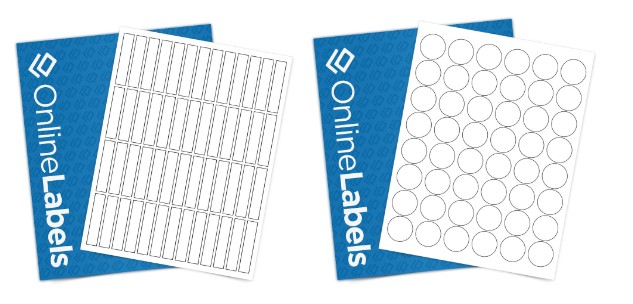
Advantages and Disadvantages of Sheet Labels:
Sheet labels can include different advantages and disadvantages at the time of printing. Some of the crucial ones to consider, specifically with shipping labels, are the following:
Advantages of Printing with Sheet Labels:
- Ease of print: sheet labels are printed in flat sheets, allowing for quick and efficient printing.
- Wide range of materials and sizes: sheet labels are available in many materials, including paper, polyester, vinyl, and more. They are perfect for printing in various sizes and shapes to suit different packaging and branding needs.
- Accessibility: because most users already have access to an inkjet or laser printer, there may not be a need for an additional equipment investment.
Disadvantages of Printing with Sheet Labels:
- Production waste: shipping labels on sheets typically include more than one label. Printing one shipping label can lead to waste on a sheet. To combat this, users can choose to reprint on the same sheet.
- Risk of misalignment during printing: because this label requires manual placement, improper loading of sheet labels in printers can result in misalignment during printing.
- Limited print volume: sheet labels best suit low-to-moderate-volume prints. Applying them manually for high-volume labeling needs, such as continuous production lines, can be time-consuming in significant shipping processes.
- Higher printing speed: roll labels work perfectly in high-volume production companies. Their adaptability with specific devices makes them ideal for large and continuous printings without frequent reloading.
- Less waste: roll printers print on demand. This allows you to print the necessary labels without additional waste.
- Consistency and alignment: roll labels allow for uniform prints, reducing the risk of misalignment or print errors.
- Initial equipment investment: roll labels require specialized printing equipment. Companies must consider that using this material might require an initial investment in machinery.
- Design limitations: complex designs are more complicated and not usually recommended for roll labels.
- Color limitations: thermal printers can typically only print in one color, limiting design choices.
- Fast and continuous printing: this type of label is designed for uninterrupted printing. Its accordion shape helps to print large volumes of labels without the need for frequent changes.
- Reliable performance and alignment: fanfold labels maintain consistent printing, which is crucial for shipping labels, where reliability is important.
- Form-factor: fanfold labels can sit on a desk in or behind specific label printers.
- Limited customization options: unlike sheet labels, customization options can be limited.
- Compatibility with printers: fanfold labels are specifically designed for thermal printers.
- Higher costs for custom sizes: custom-sized fanfold labels can be more expensive and more complicated to source.
- 4 x 6 inches (10.16 cm x 15.24 cm): this is the most widely used size for shipping labels for all shipping and e-commerce carriers. Since this product is one of the most used in the market, there are a few tips and materials to follow:
- If a shipping label is printed on an inkjet or laser printer, use OL400 for blank sheets. This will allow prints without alignment issues.
- If the label is printed with a label printer, utilize the RL785/RL786 for roll labels and FF6497 for fanfold labels.
- 4 x 2 inches (10.16 x 7.62 cm): another standard size, often used for smaller packages or when less information needs to be displayed.
- 6 x 3 inches (15.24 x 7.62 cm): this size is slightly larger and may be used for packages requiring more detailed information or for better visibility on larger boxes.
- 8.5 x 11 inches (21.59 x 27.94 cm): standard letter-size paper, often used for printing multiple labels on a single sheet.
What Materials Are Available for Sheet Labels
Here are our most popular options for sheet labels.
Roll Labels: Speed and Versatility
Roll labels are labels that are wound around a roll. This type of material is known for its versatility and ease of use.
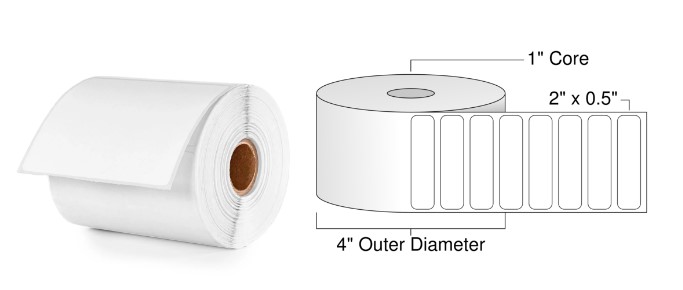
Advantages and Disadvantages of Roll Labels:
Roll labels can include several benefits and setbacks, including:
Advantages of Printing with Roll Labels:
Disadvantages of Printing with Roll Labels:
What Materials Are Available for Roll Labels
Here are our most popular options for roll labels.
Direct Thermal Options
Thermal Transfer Options
Fanfold Labels: Streamlined and Practical
Fanfold labels are a type of label that is folded in a zigzag pattern, much like an accordion. This type of label is known for its practical use and faster prints.
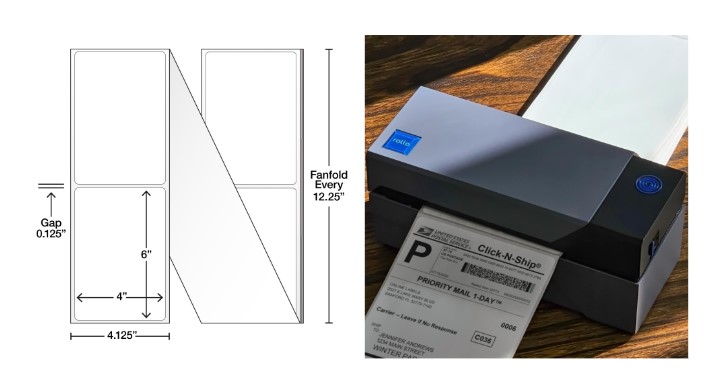
Advantages and Disadvantages of Fandfold Labels:
Fanfold labels have their own set of advantages and disadvantages for printing shipping labels like:
Advantages of Printing with Fanfold Labels:
Disadvantages of Printing with Fanfold Labels:
What Size Are Shipping Labels
Below are the most common sizes available for shipping labels. Most shipping carriers and platforms will generate their labels as one of these.
Making the Right Choice for Your Shipping Labels
Choosing the correct type of label for a company's needs is crucial for optimizing a packaging process and ensuring a smooth workflow. Each label type (sheet, roll, and fanfold) offers distinct advantages and disadvantages for business requirements and preferences. For more information on generating shipping labels, read our complete guide on shipping labels.




